In America, the gun culture is rich and diverse. With the rise of 3D printing, questions about printing firearms at home have grown. This article looks into 3D printed guns, their legal and ethical sides, and the debate they spark.
3D printing guns have changed how we think about gun ownership. From the first 3D printed gun, the Liberator, to today’s advancements, we’ll cover it all. I aim to give a balanced view on 3D printed firearms and their effects on our gun rights and culture.
Key Takeaways
- The United States has a significant civilian-held gun stock, estimated between 258 to 394 million firearms in 2019.
- Firearm-related deaths in the U.S. reached over 39,700 in 2019, with suicides accounting for the majority.
- 3D printing technology has enabled the creation of untraceable “ghost guns” that bypass traditional firearm regulations.
- The legal and ethical implications of 3D printed firearms are complex, with ongoing debates about gun rights and public safety.
- Responsible gun ownership and safe storage practices are crucial in mitigating the risks associated with 3D printed guns.
Introduction to 3D Printed Firearms
In 2013, Cody Wilson and Defense Distributed changed the game with “The Liberator”. This plastic pistol was the first fully 3D printed, working gun. It was made with an $8,000 3D printer and a common nail from a hardware store.
This achievement showed how people could make their own guns at home with easy-to-find tech. It opened up new possibilities in gun making.
The Liberator: World’s First 3D Printed Gun
The Liberator was a single-shot pistol that started a new era in 3D printed guns. Since then, Solid Concepts has made working metal guns. People like “Mathew” and Yoshitomo Imura have also printed functional rifles and revolvers.
These steps have pushed the limits of what can be done with 3D printing and making guns at home.
Advancements in 3D Printed Gun Technology
The Ghost Gunner, a CNC milling machine from Defense Distributed, has made making guns at home even easier. It can create untraceable AR-15 lower receivers. This is a key part of the popular 3D printed guns.
As 3D printing gets better and materials improve, making more complex gun parts at home is becoming a worry for lawmakers and police.
Legal Implications of 3D Printed Guns
3D printed guns have brought up big legal and regulatory issues worldwide. Governments are trying to deal with the problems these guns cause. They are hard to trace and can be made at home with 3D printing technology.
Regulations and Laws Surrounding 3D Printed Firearms
In 2013, the UK made it very illegal to make, buy, or sell 3D printed guns. Australia, California, and China have also made laws to stop or limit 3D printed gun production and ownership. These laws aim to stop the spread of ghost guns, which are guns without serial numbers that are hard to trace.
The Supreme Court’s decision in District of Columbia v. Heller has changed how we look at 3D printed guns. It said people have the right to own guns for legal reasons. This could make it harder for governments to make new rules about 3D printed guns.
But, governments are still trying to update old gun laws for the new 3D printing technology. As 3D printing gets better, the legal and regulatory issues with these guns will keep being talked about and made into policies.
The Ghost Gunner: Milling Machine for Untraceable Firearms
The Ghost Gunner, made by Defense Distributed, is a top-notch CNC milling machine. It changes how people make untraceable firearms. This device lets users create AR-15 lower receivers without serial numbers or government checks.
The Ghost Gunner turns an “80 percent lower” into a full AR-15 lower receiver. It uses a digital file for precise milling. This way, it makes a “ghost gun” without a serial number in just hours.
This tech is a big step forward in making firearms outside usual rules. The Ghost Gunner is easy to use and small. Now, people can make their own untraceable guns easily. This worries law enforcement and those who want stricter gun laws.
The Ghost Gunner costs about $1,500, making it popular for avoiding gun laws. It’s cheaper and easy to use than buying guns the usual way. This has made it available to more people.
The rise of the Ghost Gunner has started a big debate. People talk about its legal and ethical sides. As officials try to deal with this issue, the future of ghost guns and public safety is still being discussed.
Designing and Printing a Functional Firearm at Home
Making a 3D printed firearm at home needs special materials and tools. You’ll need a 3D printer that can make parts like the receiver and barrel. You also need to find the right ammunition and metal parts, like the firing pin, that can’t be printed.
Materials and Equipment Needed
Here’s what you’ll need for 3D printing a functional firearm at home:
- A high-quality 3D printer for making gun parts
- Right 3D printing materials, like polymer or resin
- Digital designs for the gun’s parts, including the receiver and barrel
- Tools for post-processing, to make parts stronger and more functional
- Some metal parts that can’t be printed, such as the firing pin and ammo
Step-by-Step Process for 3D Printing a Gun
Here’s how to 3D print a functional firearm at home:
- Get or make the digital designs for the gun’s parts, like the receiver and barrel.
- Use the 3D printer to make the gun parts from the designs.
- Put the printed parts together, making sure they fit right.
- Add metal parts, like the firing pin, that you can’t print.
- Do any needed post-processing, like chemical treatments, to make parts stronger and work better.
This process needs special knowledge, skills, and focus to make a 3D printed firearm that works well.
top handgun review, american gun culture, gun rights america, top ranked firearm
American gun culture and debates on gun rights are key to the 3D printed firearms topic. People who care about their Second Amendment rights see 3D printing as a way to keep owning firearms. But, the rise of 3D printed guns also worries about public safety and misuse.
Recent stats show one in five American households bought a gun during the COVID-19 pandemic. This shows the strong demand for firearms in the U.S. With 3D printing tech getting easier to use, it’s sparking debates on gun ownership and public safety.
The gun rights movement in America is about personal freedom and protecting oneself and family. A 2014 Gallup poll found more than six in 10 Americans believe guns make homes safer. The Pew Research Center also says most U.S. gun owners keep guns for protection.
But, 3D printed guns worry people about them ending up in the wrong hands. Gun thefts from cars are the top way guns get stolen, says Everytown Research and Policy. This shows we need strong security and responsible gun ownership.
The debate on 3D printed guns and gun rights in America is complex. As 3D printing gets better, we’ll keep talking about balancing individual rights and public safety.
Safety Concerns and Risks of 3D Printed Guns
The rise of 3D printed firearms brings up many safety worries. Making guns at home can lead to 3d printed gun misuse and 3d printed gun illegal activities. Also, the quality of 3D printed gun parts is a big concern. They are often made of plastic, which can lead to parts breaking or failing during use.
Recent polls show that 70% of people think making guns with 3D printing is a good idea, not a threat. But, 28% believe 3D printed guns shouldn’t be regulated, and only 9% think just their designs should be watched. This shows people have different views on 3d printed gun safety and 3d printed gun risks.
There are worries about misuse. In Canada and Europe, law enforcement has seen more 3D printed gun cases. In the West Bank, the Israeli Defense Forces found 3D printers and guns. These cases show the 3d printed gun misuse and 3d printed gun illegal activities happening around the world.
The U.S. Supreme Court has said the ATF can control ghost guns, including 3D printed ones. But, some say these laws are too wide, making sharing gun care guides illegal. This shows the hard work in making 3d printed gun safety and 3d printed gun risks rules.
As 3D printed gun tech gets better, the debate on their safety and rules will keep going. We need policymakers, law enforcers, and the public to work together. They must find a way to protect everyone while allowing responsible use of these new technologies.
The Future of 3D Printed Firearms
The future of 3D printed guns is still up in the air. New tech in 3D printing could make these guns more reliable and useful. But, it might also lead to more rules and tech to stop the spread of plastic guns.
Michael Crumling, a 25-year-old machinist, has made special ammo for 3D printed guns. His .314 Atlas rounds are strong and cost little to make. They could make semi-automatic 3D printed guns possible. Crumling also has steel-shelled rounds for single-shot 3D printed guns, making them more reliable.
The fight between 3D printing tech and legal responses will shape the future of 3D printed guns. As law agencies worldwide worry about these weapons, finding solutions and rules will be key.
Advancements in Technology and Materials
The future of 3D printed guns is linked to tech and material advances. As 3D printing gets easier, making real and reliable 3D printed guns becomes more possible. New materials and design tools could make these guns better.
But, the tech that makes 3D printed guns could also lead to ways to stop them. The race between 3D printing and stopping these weapons will shape their future.
Controversy and Debate Surrounding 3D Printed Guns
The rise of 3D printed guns has sparked a big debate in the United States. Some people think these guns give individuals more power and get around old gun laws. They see it as a basic right to make these guns at home.
Others worry that these guns are too easy to get and could be used for bad things. They think these guns are a risk to everyone’s safety.
This debate has led to new laws, like the Undetectable Firearms Act. Some states, like New Jersey, Pennsylvania, and California, are suing to stop the sharing of gun designs online. The Trump administration’s deal with Defense Distributed, a company sharing gun designs, has also caused a lot of controversy.
Defense Distributed has shared designs for 10 guns, including rifles and a handgun. This has made people more aware of the risks of making guns at home. It’s shown the need to balance new technology with safety and rights.
The debate over 3D printed guns is getting more intense. Supporters want to keep their right to make these guns. Opponents worry about misuse and illegal activities. The legal fights and public talks show how complex this issue is.
Public opinion on gun control is mixed. A 2020 Gallup poll found 57% of Americans wanted stricter gun laws. A 2021 Pew Research poll showed 53% were in favor of stricter laws. But a March 2021 poll by Morning Consult-Politico found 64% supported more gun control. Both sides are strongly arguing their points.
Alternatives to 3D Printed Firearms
3D printing your own gun might seem tempting, but there are safer options for owning firearms. [http://tac.tui.mybluehost.me/shooting-techniques-gun-safety-state-firearm-laws/] Buying guns from licensed dealers, passing background checks, and following the law is a better way to own a gun legally.
In Australia, you can use certain rifles for hunting and shotguns for home defense. If you’re into sports shooting, you can own shotguns or pistols by joining a club. In the U.S., some states and D.C. have rules for making handguns safer for everyone.
New tech and materials might make 3D printed guns easier to spot, solving some big problems with these weapons. This could offer a safer choice than current 3D printed guns.
Legal and Regulated Firearm Ownership
Being a responsible gun owner means following the law. This includes:
- Getting the right permits and licenses
- Passing background checks
- Keeping guns locked up safely
- Using safety gear and learning how to handle guns
Choosing legal and controlled ways to own a gun helps keep everyone safe. [http://tac.tui.mybluehost.me/shooting-techniques-gun-safety-state-firearm-laws/]
Conclusion
The rise of 3D printed firearms has changed how we think about gun laws and who can own guns. This new tech could give people more power and challenge current gun laws. But, it also brings up big worries about safety and how it could be misused.
As 3D printing gets better, we’ll see more legal talks and new ways to deal with 3D printed guns. These changes will affect how we handle 3D printed guns in the US and other countries.
This article shows how complex the debate over 3D printed guns is. We’re seeing less interest in guns for fun and more people wanting to defend themselves. There’s also a strong push for the Second Amendment rights. But, the high rates of gun violence, suicides, and homicides show we need strong solutions to keep people safe.
How we handle 3D printed guns will depend on everyone working together. We need to find a middle ground between personal rights, new tech, and keeping people safe. By doing this, we can make sure 3D printing is good for us while keeping the dangers of 3D printed guns under control.
As we keep talking about this issue, staying alert, informed, and active is key. We must work towards solutions that protect our communities and respect everyone’s rights. This is important for a fair and safe society.
FAQ
What is the current state of 3D printed firearms technology?
In 2013, Cody Wilson and Defense Distributed made history with “The Liberator,” the world’s first fully 3D printed gun. Since then, there have been big steps forward in 3D gun tech. Now, people and companies can 3D print working metal guns, rifles, and revolvers.
What are the legal implications of 3D printed firearms?
The rise of 3D printed guns has led to new laws worldwide. Countries like the UK, Australia, California, and China have banned or limited these guns. They’re seen as untraceable and undetectable.
What is the Ghost Gunner and how does it enable the production of untraceable firearms?
The Ghost Gunner is a CNC milling machine made by Defense Distributed. It makes untraceable AR-15 lower receivers. It uses a digital file to carve out an AR-15 lower receiver from aluminum, making a “ghost gun” without a serial number.
What materials and equipment are required to 3D print a functional firearm at home?
To 3D print a gun at home, you need a 3D printer that can make gun parts like the receiver and barrel. You’ll also need to do post-processing, like chemical treatments. And, you must find the right ammunition and metal parts that can’t be 3D printed.
What are the key safety concerns and risks associated with 3D printed firearms?
Making guns at home easily can lead to misuse and illegal activities. It lets banned people make guns and bypass security. Also, 3D printed gun parts might not be reliable or safe, as they’re often made of plastic.
What are the alternatives to 3D printed firearms for legal and regulated firearm ownership?
Buying guns through licensed dealers and background checks is a safer way to own guns. New manufacturing tech might lead to 3D printed guns that security can detect better. This could help fix some issues with untraceable guns made by 3D printing.
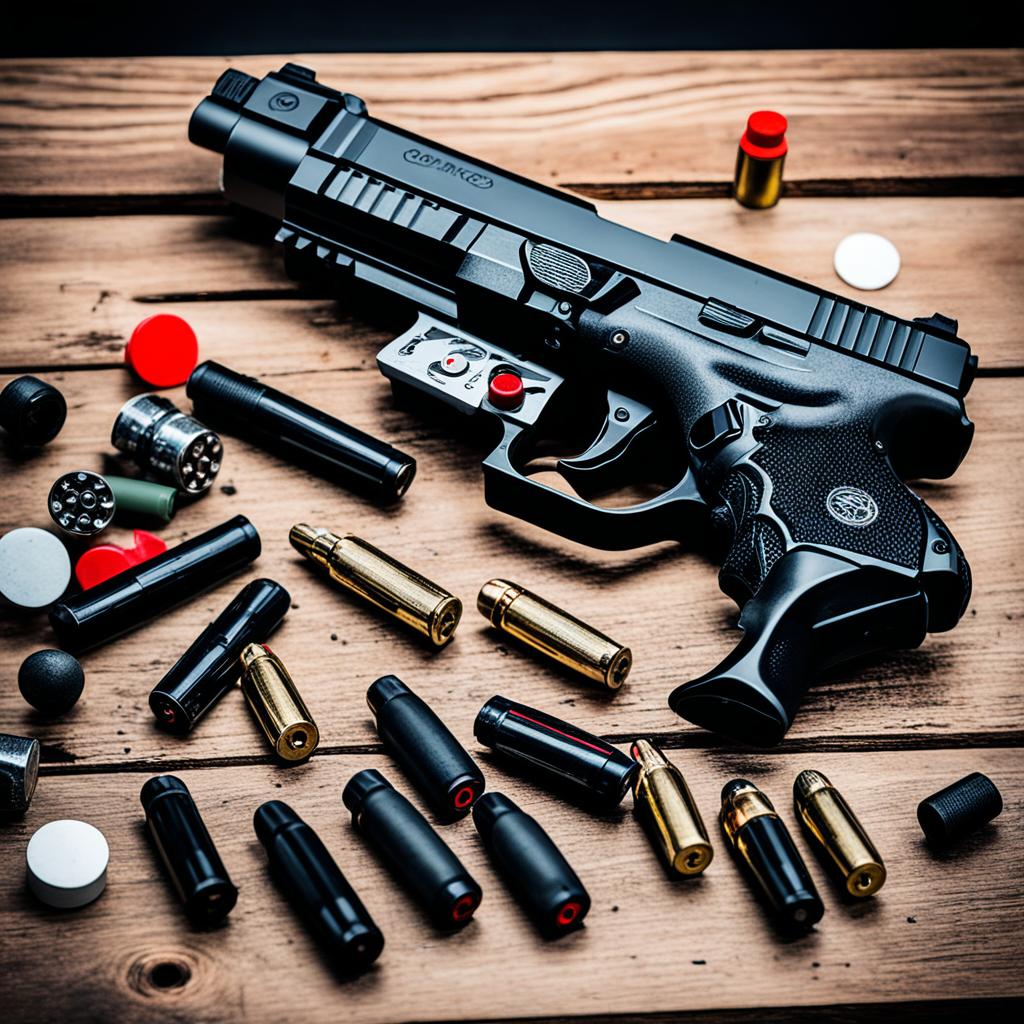

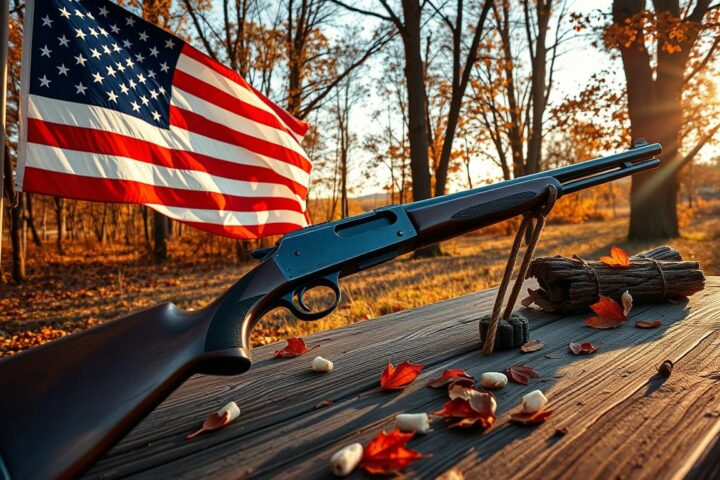
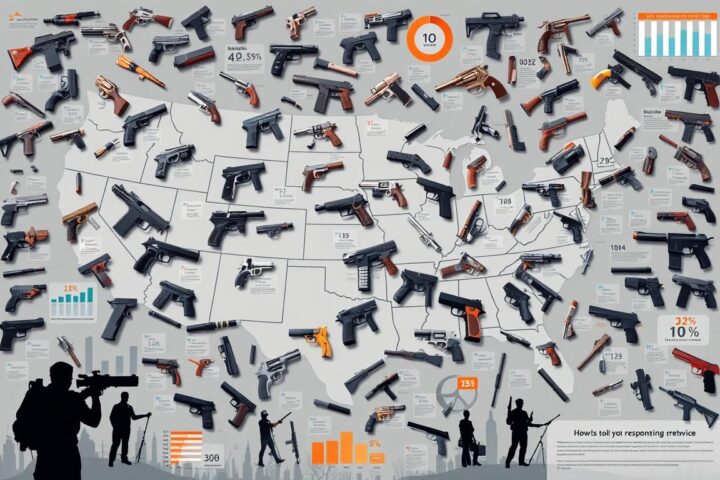
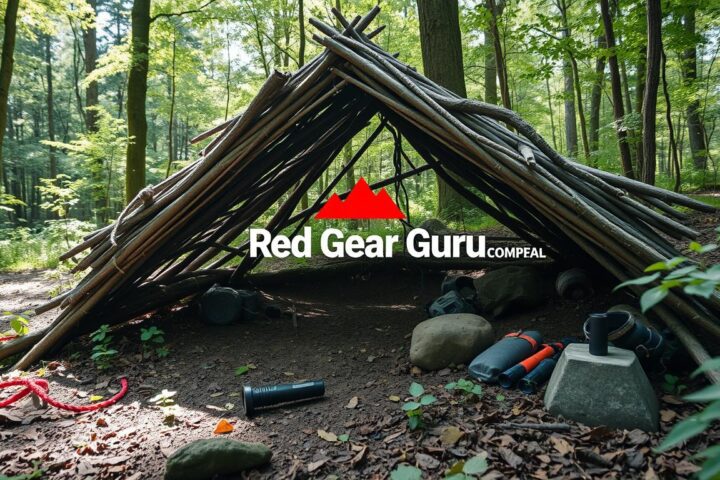
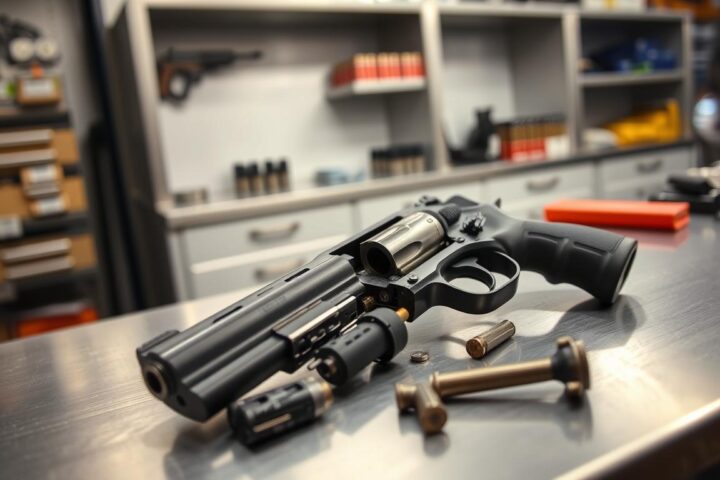
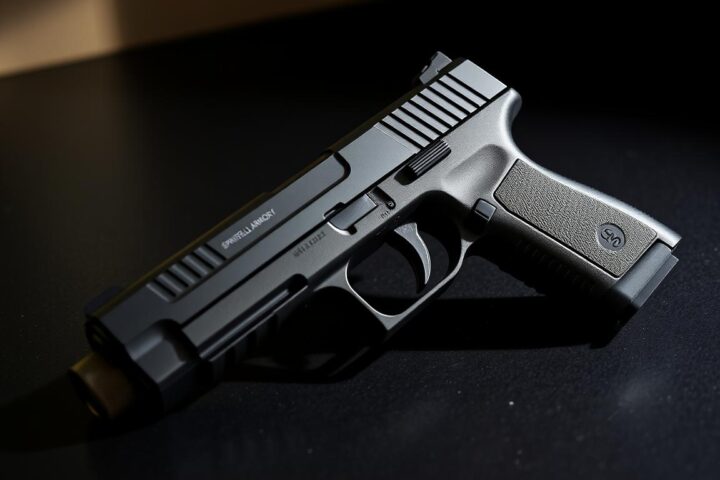
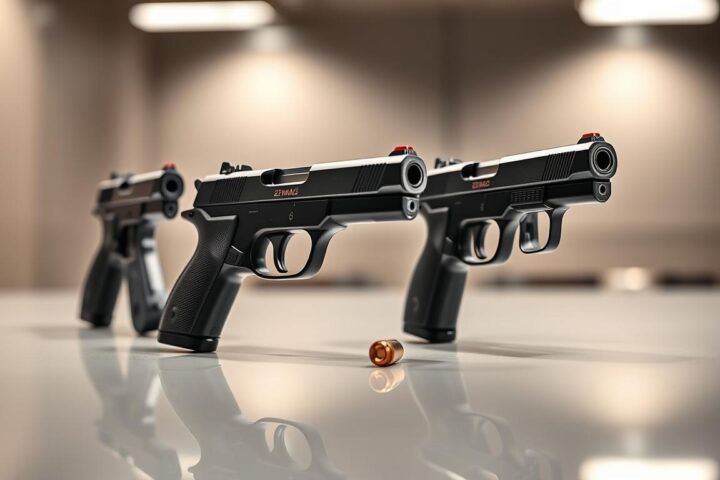
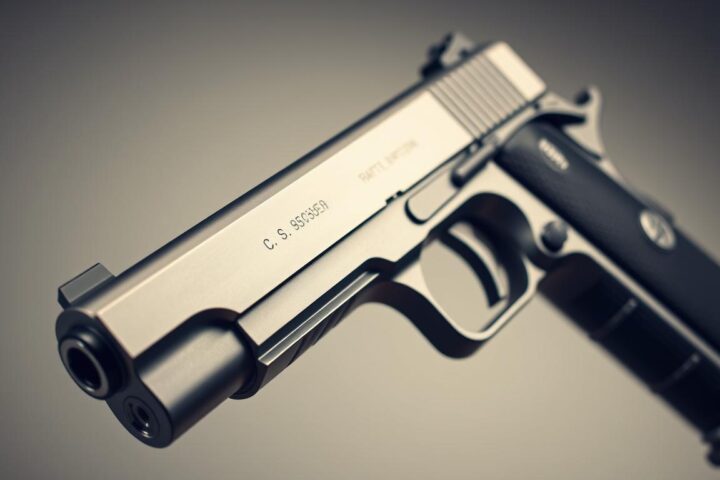
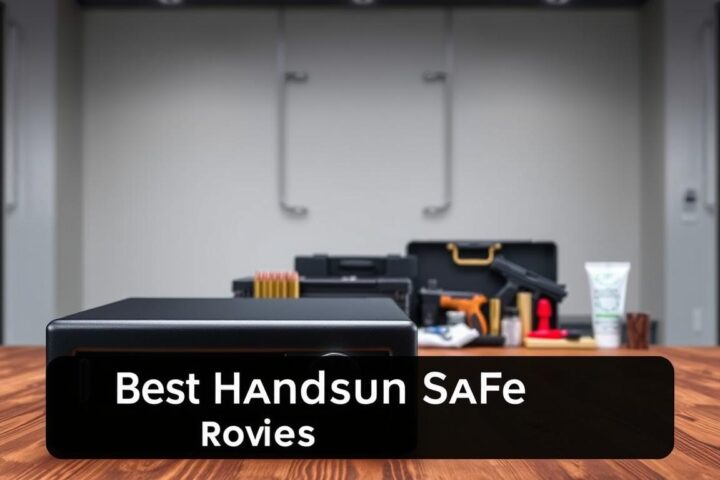

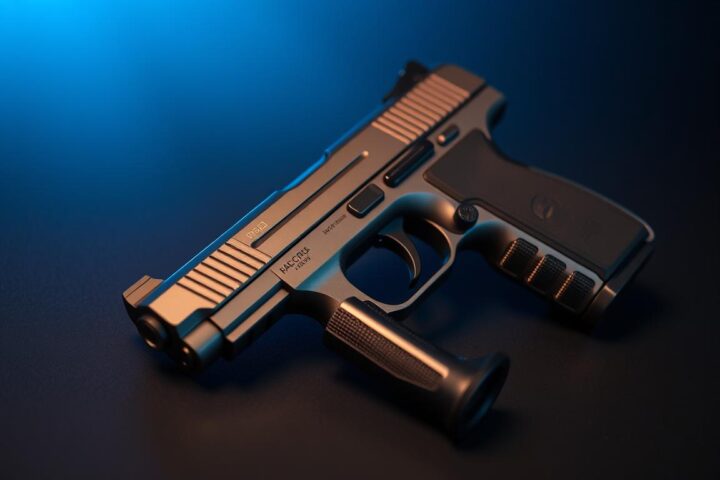
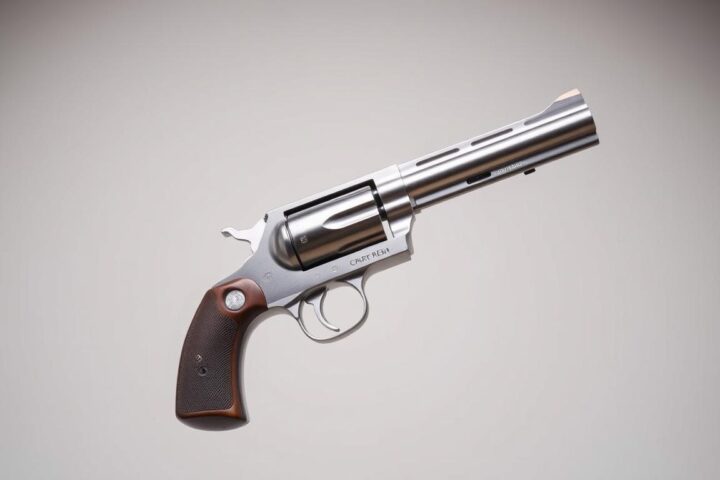
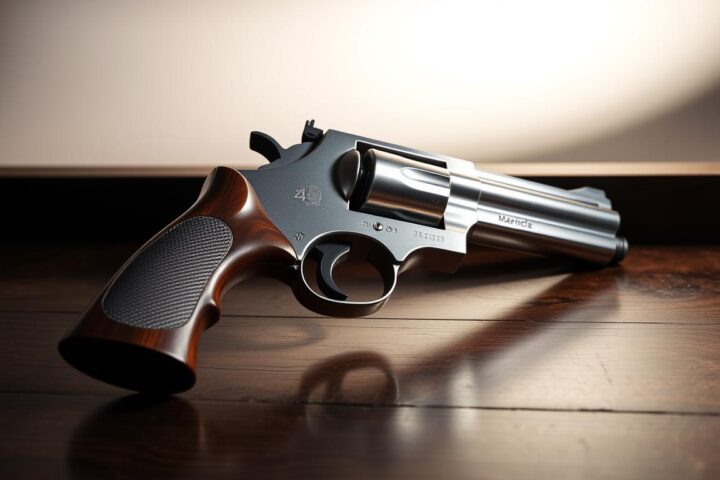
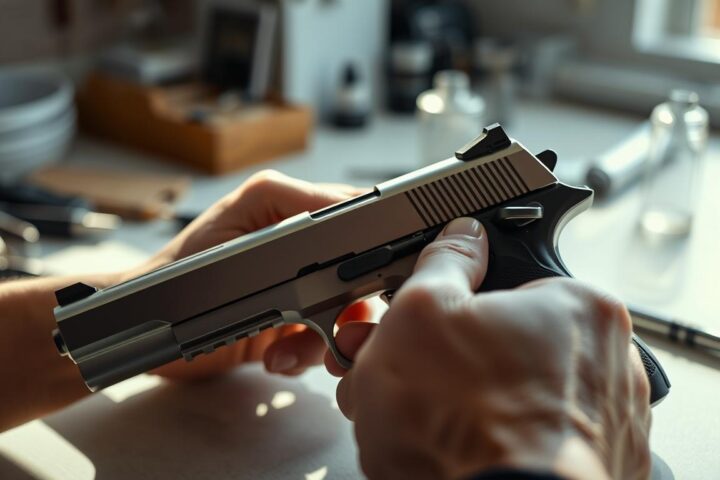


Hey! I’m at work browsing your blog from my new iphone 4!
Just wanted to say I love reading through your blog and look forward to all
your posts! Carry on the outstanding work!
I’m truly enjoying the design and layout of your website.
It’s a very easy on the eyes which makes it much more enjoyable for me to come here and visit
more often. Did you hire out a developer to create your
theme? Excellent work!
This blog was… how do you say it? Relevant!! Finally
I’ve found something that helped me. Cheers!
I am really loving the theme/design of your blog. Do you ever run into
any web browser compatibility problems? A small number of my blog audience have complained about my site
not operating correctly in Explorer but looks great in Opera.
Do you have any recommendations to help fix this issue?